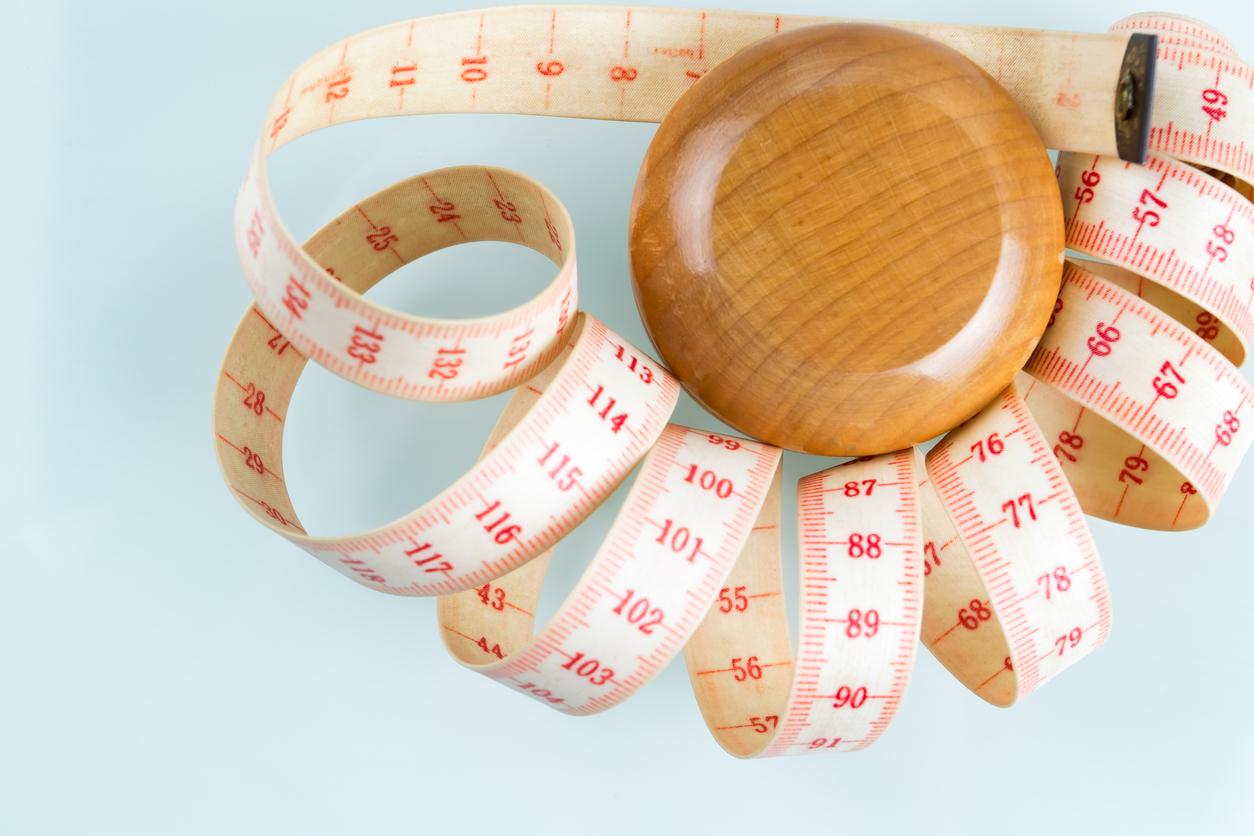It is said that a person suffers from obesity when their body mass index (BMI) is greater than or equal to 30. To calculate your BMI, you just need to divide your weight (in kilos) by your height (in meters), which is first multiplied by itself. In 2015, 107.7 million children and 603.7 million adults suffered from obesity worldwide; in France, in 2015, this chronic disease affected 17% of French adults.
However, researchers at the University of Iowa (in the United States) have just questioned the value of BMI in the diagnosis of obesity: “if the body mass index is easy to understand and to calculate (we don’t (only uses the patient’s height and weight), this measurement could prove insufficient in many cases: other essential figures should also be taken into account, such as body fat. “
The waist size, an index not to be overlooked!
Or like the waistline. Thus, American researchers studied the medical data of 156,000 American women aged 50 to 79, collected between 1993 and 2017 by the Women’s Health Initiative.
Verdict? They found that women who had a body mass index (BMI) rated as “normal” (ie: less than or equal to 25) but an abnormally large waist circumference (greater than or equal to 100 cm) had a 31% higher than average risk of death over a 20-year period – mainly from cardiovascular disease and cancer.
A risk comparable to that incurred by people diagnosed as “obese” thanks to their BMI … Namely: the waist measurement is done at the navel and with a seamstress tape measure.
This work has been published in the specialist journal JAMA Network Open.
Read also :
Obesity in adolescence plays out from early childhood
Heart problems: even without being obese, watch your tummy
Being overweight in adolescence increases the risk of colorectal cancer
















